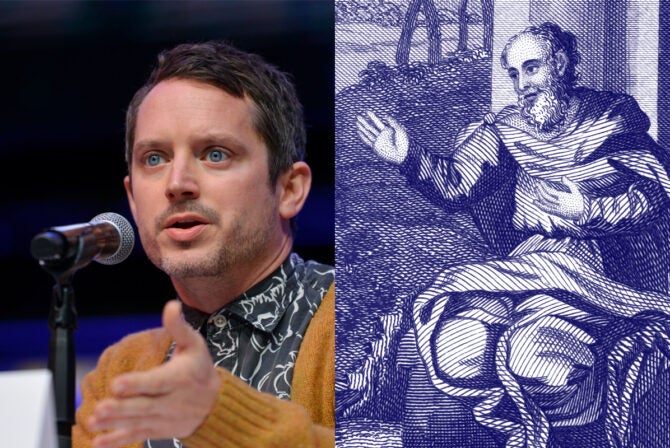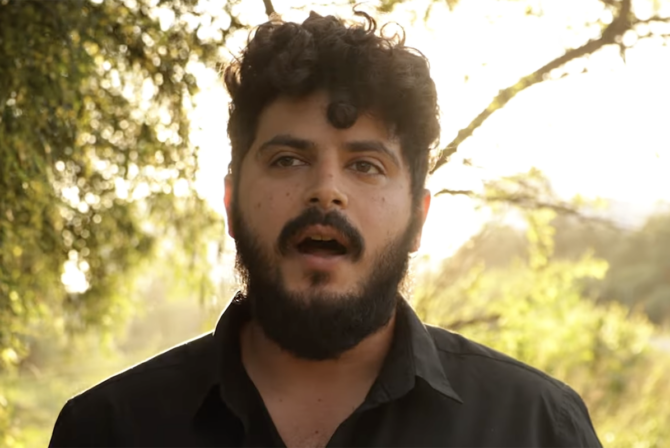We entered the children’s hospital on a dark December evening. We didn’t bring a child.
We made our way through the mazes of floors and elevators until we reached a place that looked like nothing we’d ever seen before: a carpeted hallway, two small couches, and an empty coffee table outside a closed door with no window. We were not visiting the doctor in an examining room, we learned. There would be no paper-covered table, no swiveling chair, no cheerful posters. We were visiting the doctor in his office itself.
The door swung open, and he shook our hands. “I remember you guys,” he said, smiling. “It’s nice to see you again.”
The last time we’d seen him, he’d peered through the glass door of our baby daughter’s room in the Pediatric ICU seven years earlier, looking surprised that she was sitting up and waving to him. “She’ll be a new little girl when she heals up,” he’d said. “Just you wait.”
READ: Bracing Myself Against My Son’s Severe Mental Illness
It wasn’t nice to see him again, but instead of saying that, I said, “I’m surprised you remember us. It was so long ago.”
“Oh, no,” he replied, ushering us past rows of cubicles and closed office doors. “I absolutely remember you. Such a nice family.”
In his office, we looked at each other for a moment. Eventually, he put his hands down on the desk and said, “I think we can help her.”
He began describing the anatomy of our daughter’s chest, where her aorta was trapping her esophagus in several places, creating a tangle of the tubes carrying air, food, and blood. He even drew us a picture:
He talked about the surgical solution—a procedure called aortopexy—and pulled up a series of files on his computer to show us the 3D images he’d had generated from her CT scans. Turning them left and right, rotating them with his mouse, he showed us images of places in our daughter’s chest that we had never seen.
Mayim Bialik: Why I Support This Mental Health Organization & You Should Too
“It’s pretty great that we can get these pictures now,” he said. “Otherwise we did these procedures flying blind.”
I shuddered. The Centers for Disease Control and Prevention report that nearly one percent of all children born in this country enter the world with some kind of congenital heart defect. One out of every 100 parents sits in a meeting much like this one at least once—to determine whether or not their child needs surgery—and of those babies, one in four will have a surgical procedure of some kind. Some, like my daughter, will need more than one operation, and some will require cardiac-related medical care of some kind for the rest of their lives.
These statistics are plastered on every brochure and information packet we ever received from our daughter’s surgical team or from the charitable organizations who enable the research and outreach that support pediatric cardiothoracic medicine, but until I stared at a three dimensional model of my daughter’s heart, I simply could not picture what those statistics meant.
After I watched the rotating image of my daughter’s heart, I felt the universe zoom outward. Forty thousand babies are born every year with a congenital heart defect. Ten thousand of those babies will need surgery, and somewhere between 200 and 900 of those babies will not survive their surgeries.
One of them could be my daughter.
READ: Electroconvulsive Therapy Saved My Life & Helped Me Be Myself Again
I felt the pull of 40,000 parents as I sat there across from my daughter’s surgeon. Eventually, there was nothing more to ask, so we scheduled a surgery date and left the horrible and miraculous image of my daughter’s heart behind. Isolated and scared, I replaced that vision with one of her smile, and I waited.
She survived that second surgery in 2014, thanks in part to the technology her surgeon had embraced. She is now a thriving 10-year-old, full of life, but I seldom see her shirtless without picturing her heart. It is one in 40,000.








